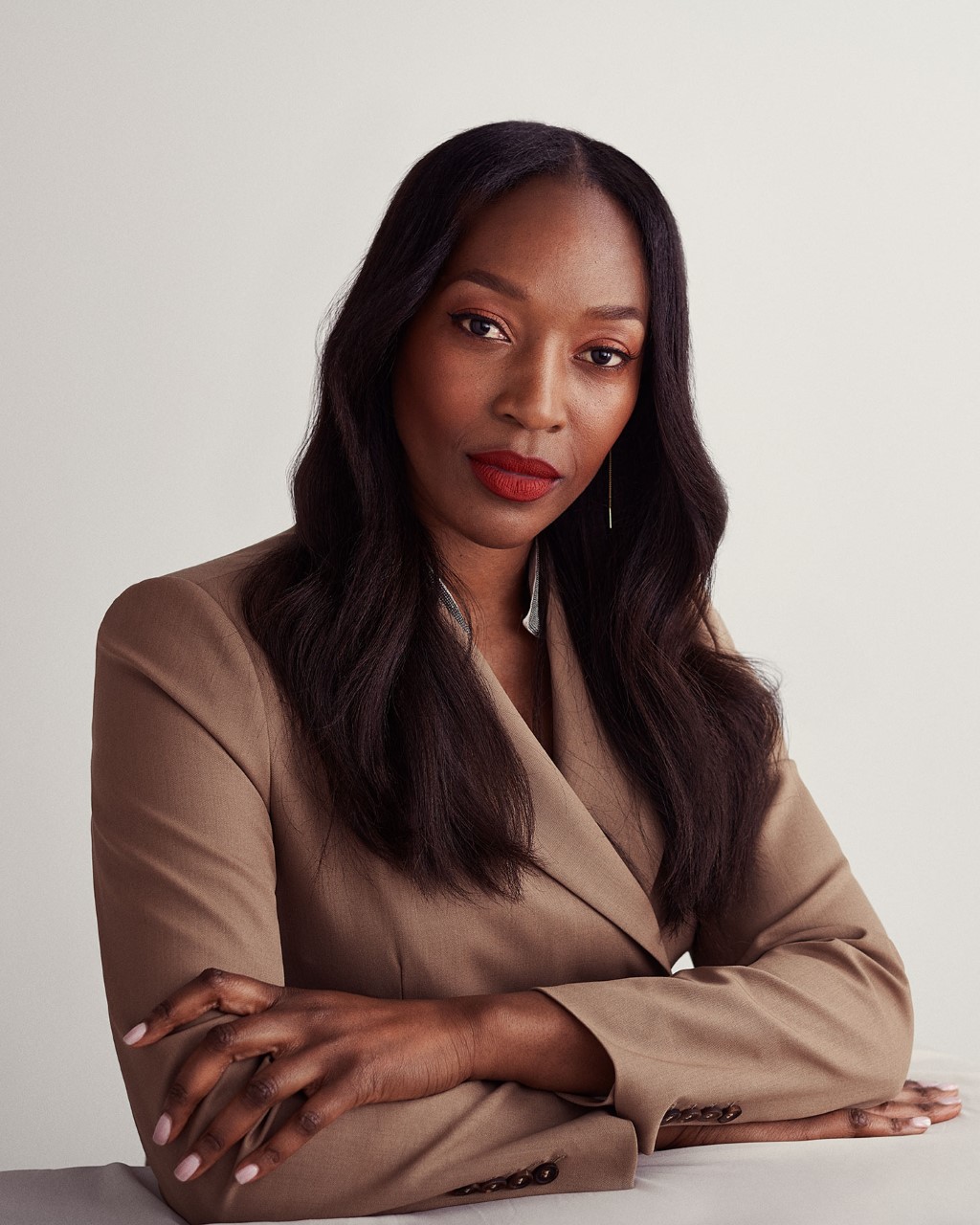A key barrier to equity and inclusion is our own biases. Unconscious bias is hard wired into all of us. They are the thoughts and attitudes that evolve from the lives we’ve led and the people we’ve met. It leads to us making assumptions and judgements about others – positive and negative – without questioning why we think the way we do.
In his book “Blink: The Power of Thinking Without Thinking”, Malcolm Gladwell says: “Taking rapid cognition seriously - acknowledging the incredible power, for good and ill, that first impressions play in our lives - requires that we take active steps to manage and control those impressions.” But how do we uncover our own biases so we can overcome them?
Many people are now familiar with the Harvard Implicit Association tests which help people uncover a range of biases, including skin colour, gender and physical disability. While not perfect, they are place to start.
There are two exercises I prefer, which again,while not perfect, encourage us to think more deeply and actively about our biases than the Harvard tests allow.
The first is from “The Leader’s Guide toUnconscious Bias” by Pamela Fuller and Mark Murphy with Ann Chow which suggests this five step exercise to uncover our unconscious biases.
1. Write down as many “I am” statements as you can. (I like to add “I have” statements too.)
E.g. I am woman, I am white, I am middle class etc
E.g. I have a university education, I have a stable income, I have a roof over my head etc
2. Mark with an “x” all those statements that might cause you to feel positively or negatively biased towards others
E.g. if you fall easily into conversation with another middle class person who shares similar interests, you are likely to be positively biased towards them
E.g. if you have a university degree, you may feel someone who has a different educational background is less able to do certain roles and therefore be negatively biased towards them
3. Mark with an “o” all those statements that might make someone else biased towards you.
E.g. if you are a woman in a largely male dominated profession, this might lead you to
experience gender bias
4. Consider all of the biases you have identified with an “x” and an “o” and reflect on how they might affect you and your life.
5. Look at all the statements with an “x” and consider:
a. How they may make you think and act
b. Where these biases may come from
The second is a Full Colour exercise and involves network mapping.
Draw a series of concentric circles. Label the inner most circle “nuclear family”, the next circle out “extended family”, the next circle out “workplace”, the next circle out “social networks” and the outer most circle “neighbourhood”. Now write the names of everyone you interact with most regularly in the relevant circles. The important thing is to note the people you interact with. E.g. if you have a lot of people from ethnic minorities in junior positions in your organisation but you rarely interact with them, do not include them in this exercise. Review the people you have identified. The less diversity there is, particularly in those networks closest to you, the more you are at risk of unconscious bias.
One of the challenges of working on equality, diversity and inclusion is that discussions can get very theoretical. Practical exercises like the ones above can bring the issues closer to home in ways that can encourage and enable action.
Enjoy!
Latest News
-
One in four charities has no global majority senior leaders or trustees, survey suggests
-
Big Give’s Christmas Challenge raises record £57.4m
-
Two in five charity websites require accessibility improvements, study finds
-
Redundancies at zoo charity following £300,000 legal bill
-
‘Rising costs and reduced funding’ force mental health charity to close
-
Door to door fundraising ‘forging ahead’, study finds.
Charity Times video Q&A: In conversation with Hilda Hayo, CEO of Dementia UK
Charity Times editor, Lauren Weymouth, is joined by Dementia UK CEO, Hilda Hayo to discuss why the charity receives such high workplace satisfaction results, what a positive working culture looks like and the importance of lived experience among staff. The pair talk about challenges facing the charity, the impact felt by the pandemic and how it's striving to overcome obstacles and continue to be a highly impactful organisation for anybody affected by dementia.
Charity Times Awards 2023
Mitigating risk and reducing claims

The cost-of-living crisis is impacting charities in a number of ways, including the risks they take. Endsleigh Insurance’s* senior risk management consultant Scott Crichton joins Charity Times to discuss the ramifications of prioritising certain types of risk over others, the financial implications risk can have if not managed properly, and tips for charities to help manage those risks.
* Coming soon… Howden, the new name for Endsleigh.
* Coming soon… Howden, the new name for Endsleigh.
Better Society

© 2021 Perspective Publishing Privacy & Cookies











Recent Stories